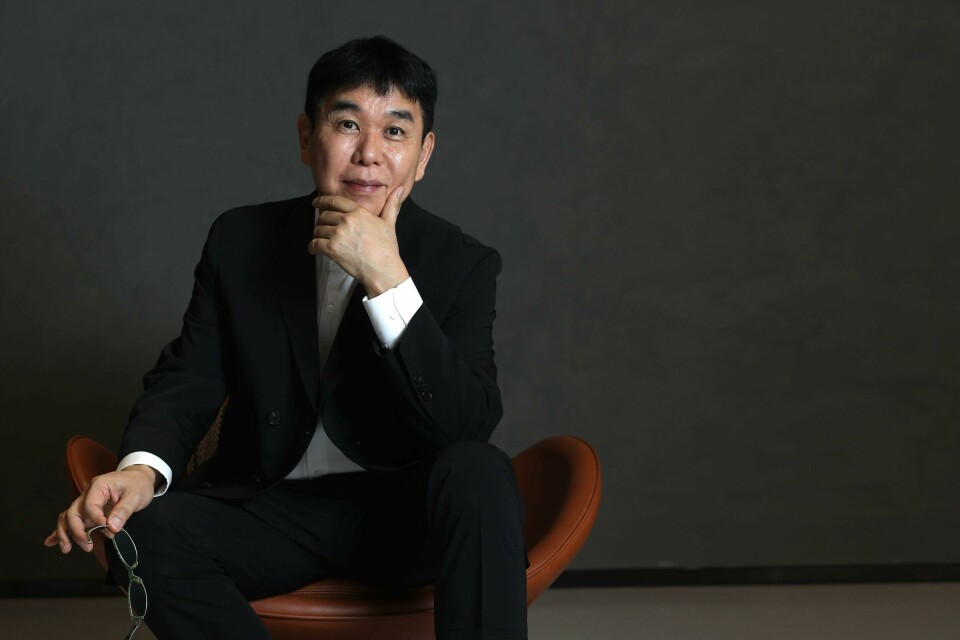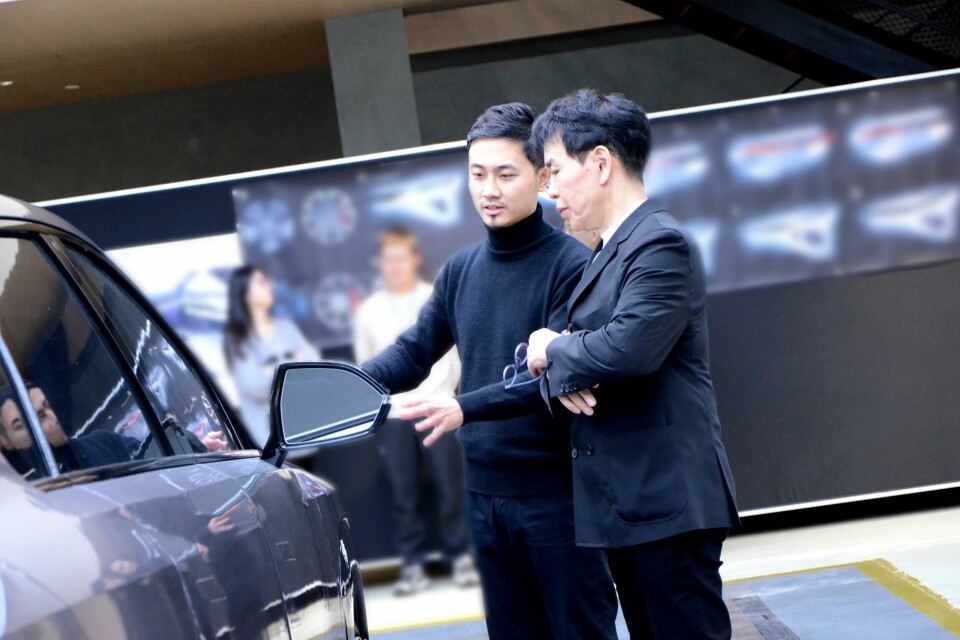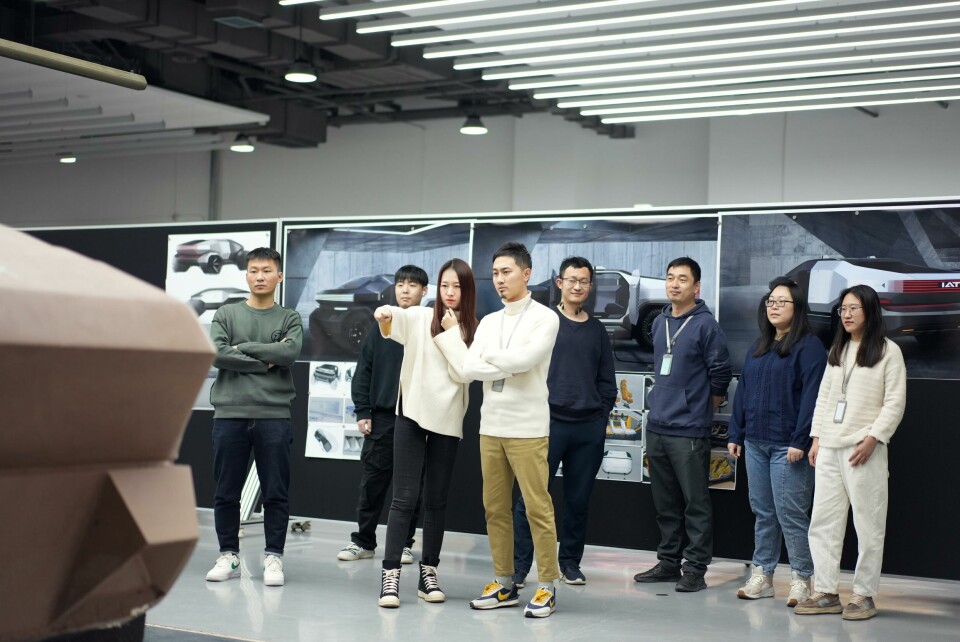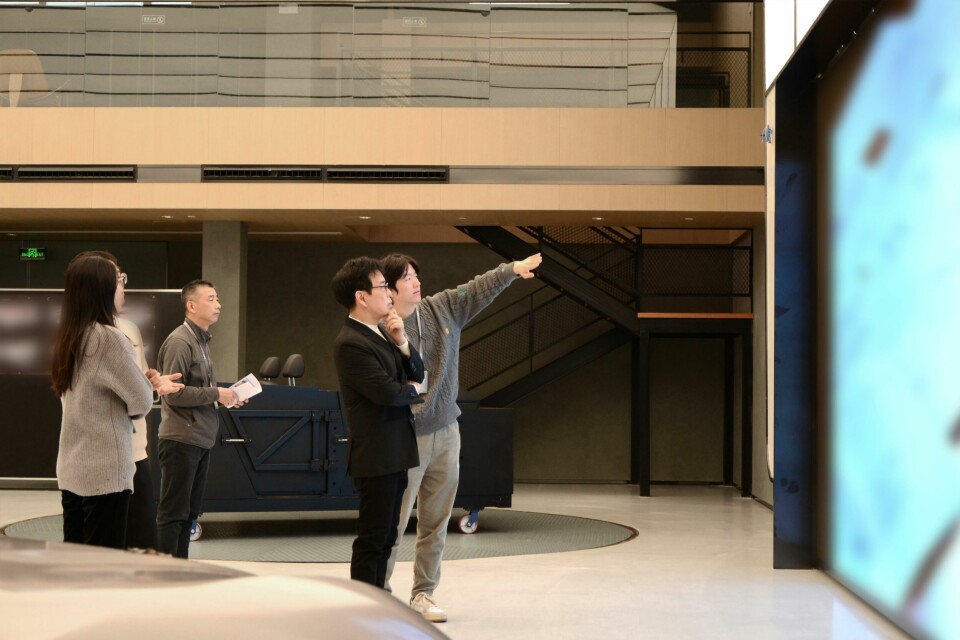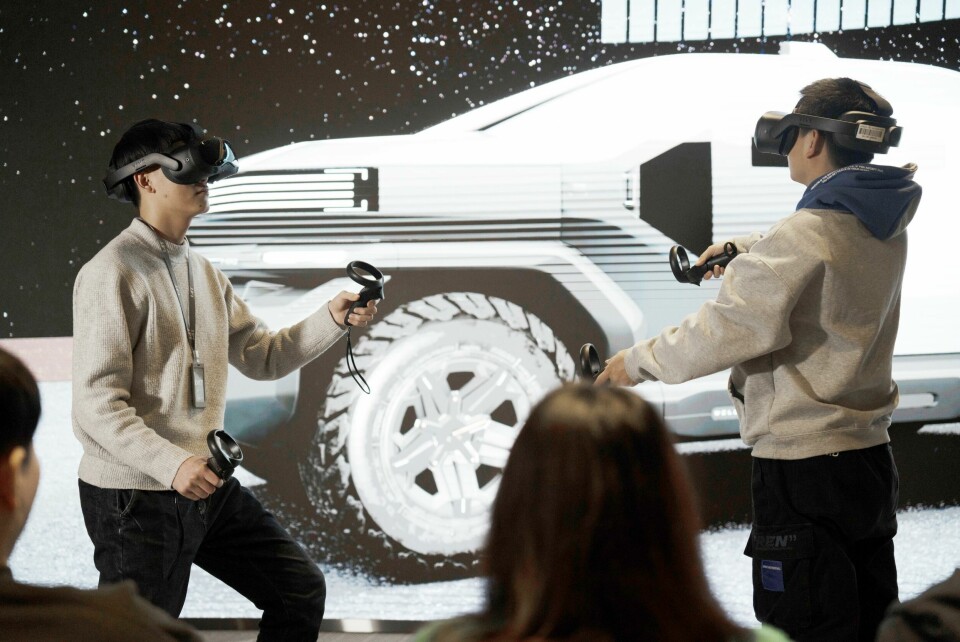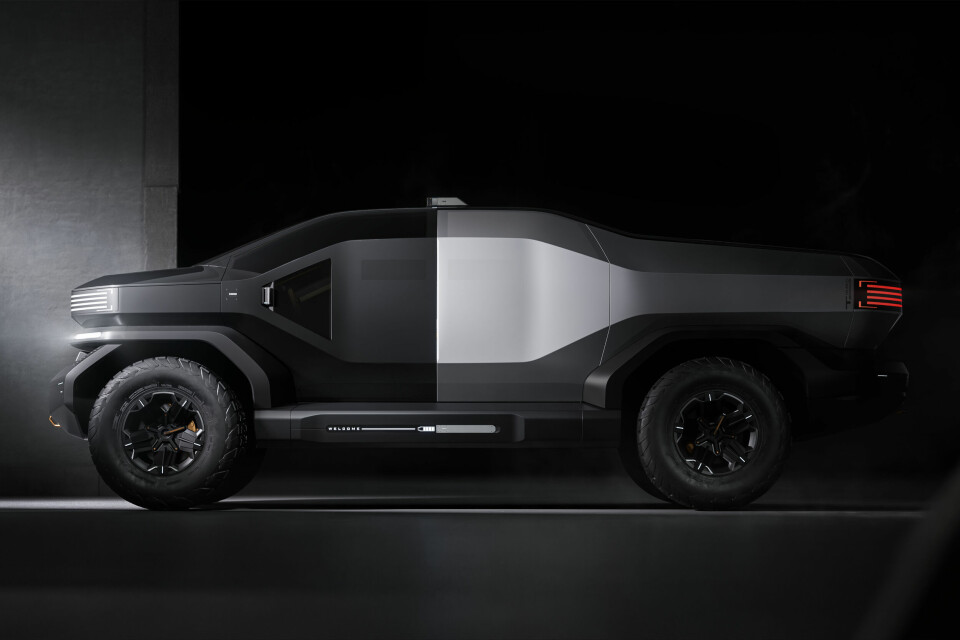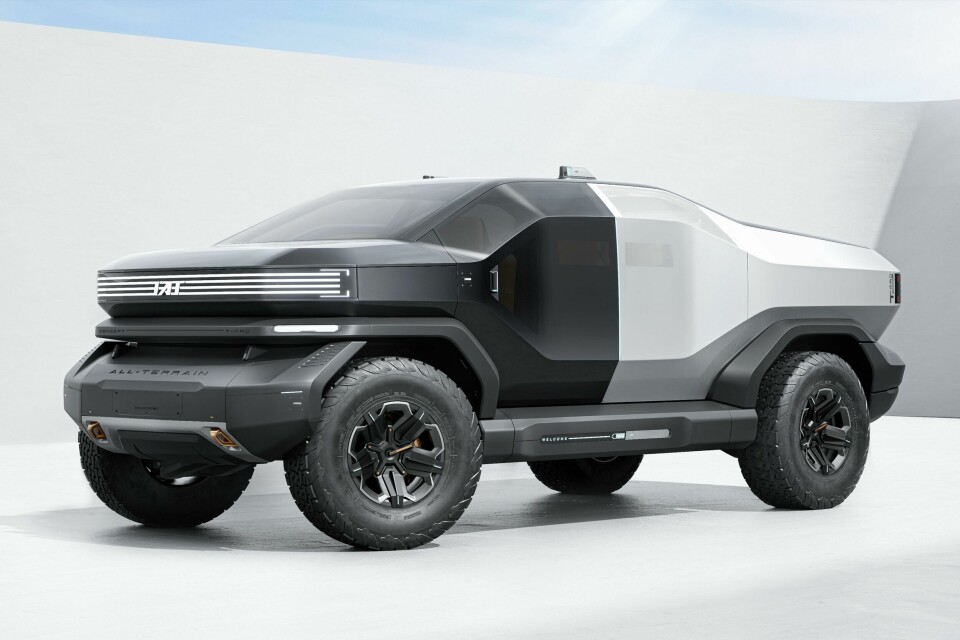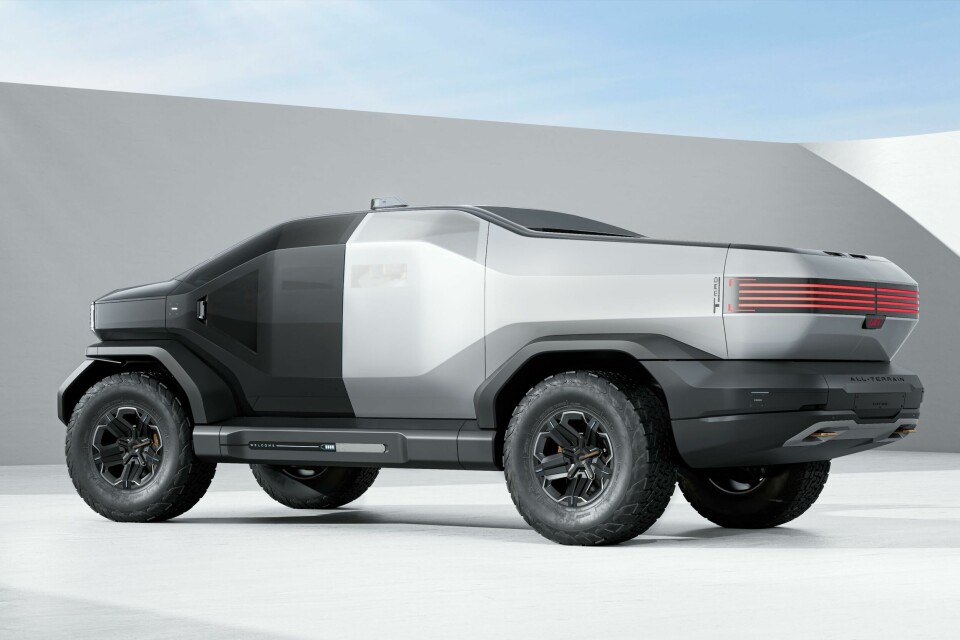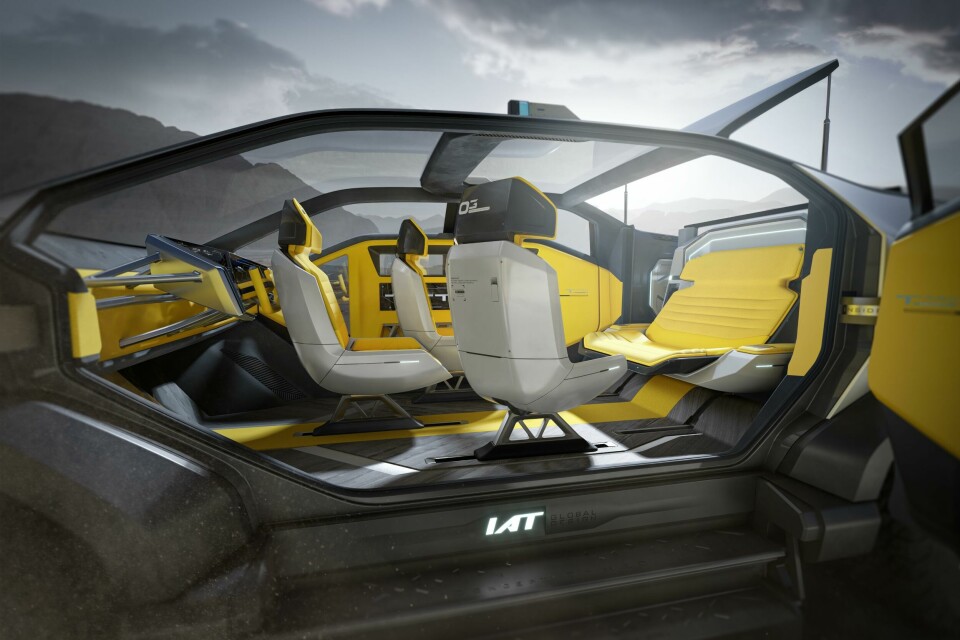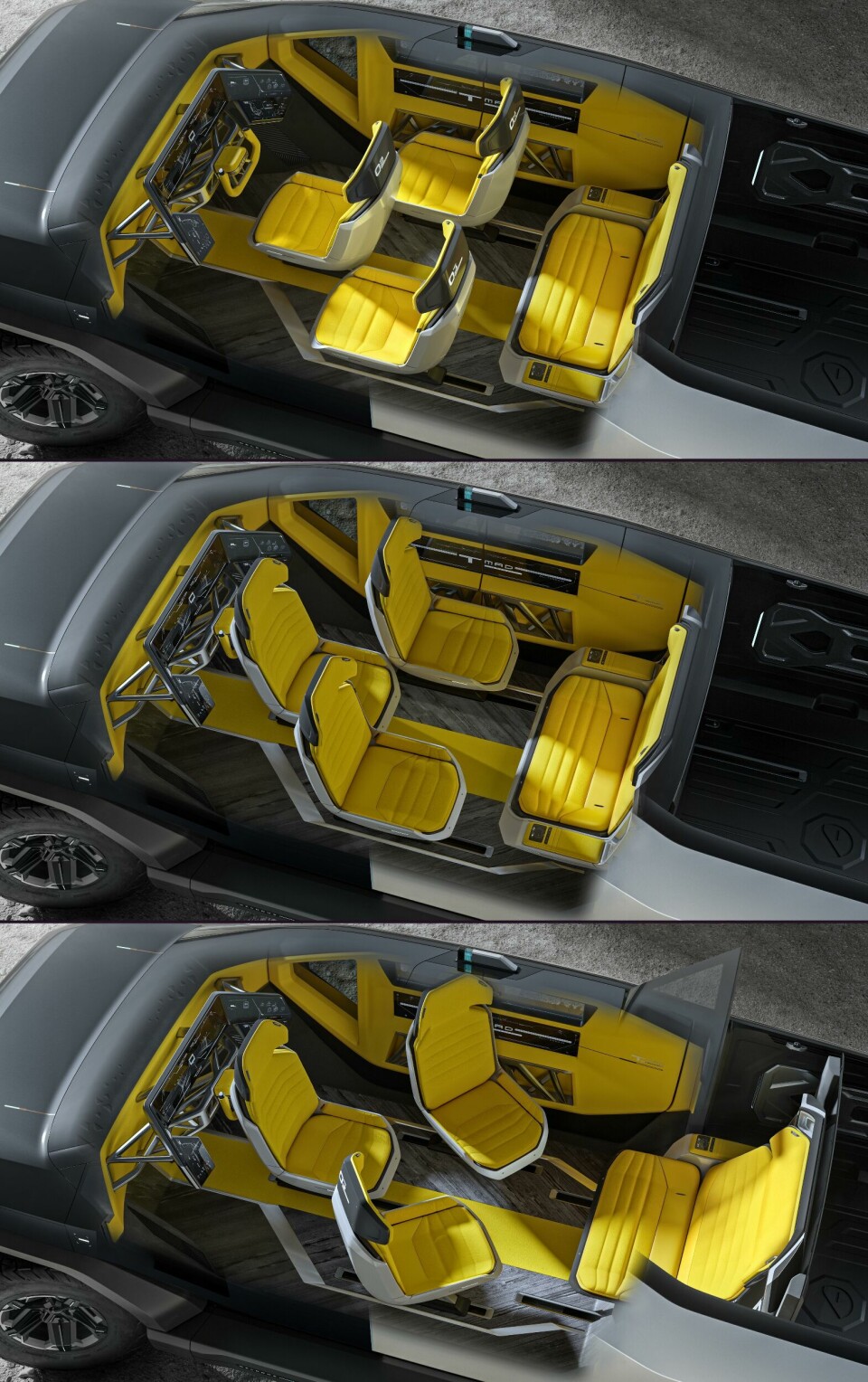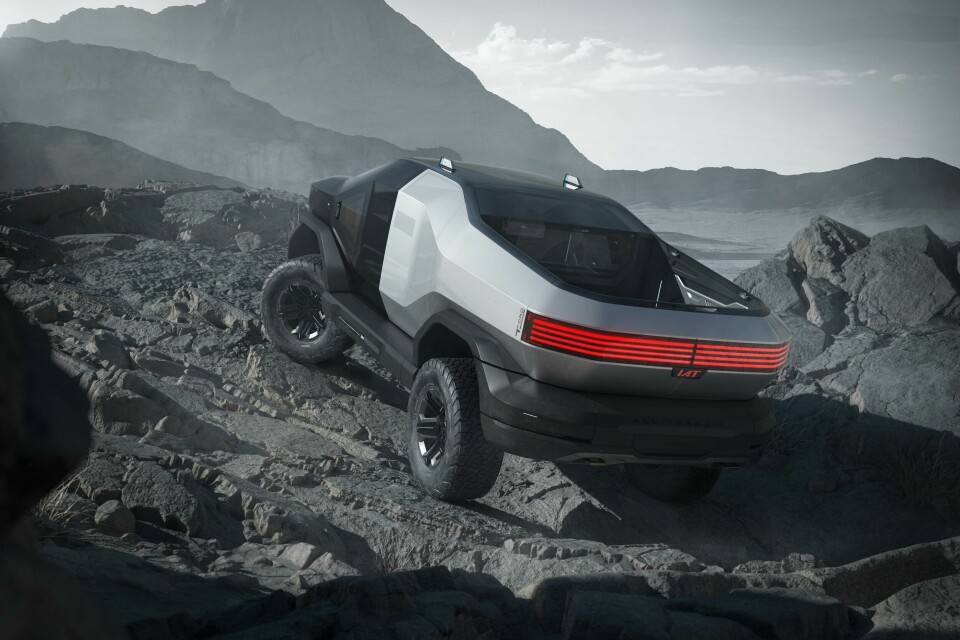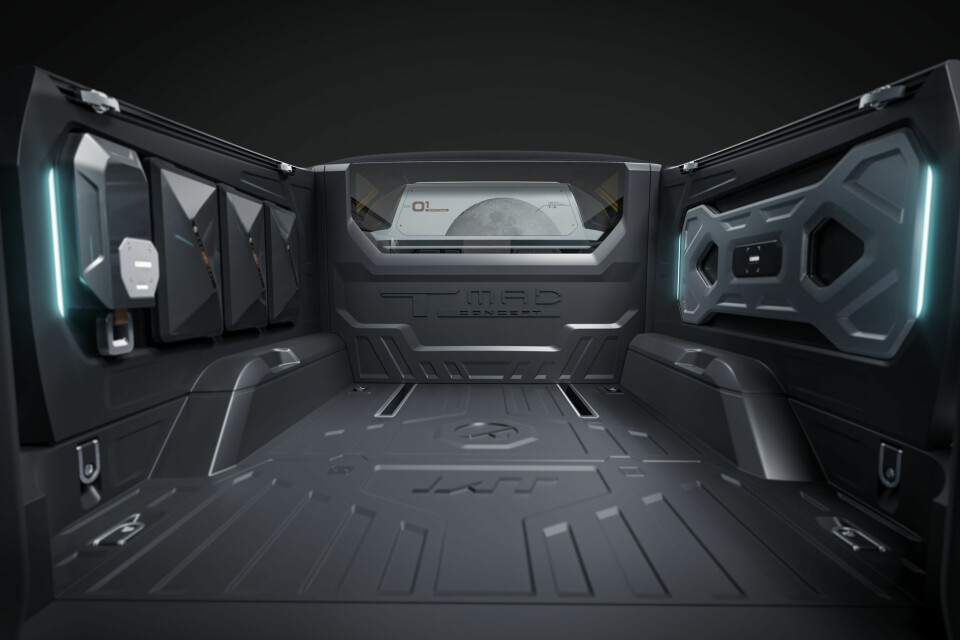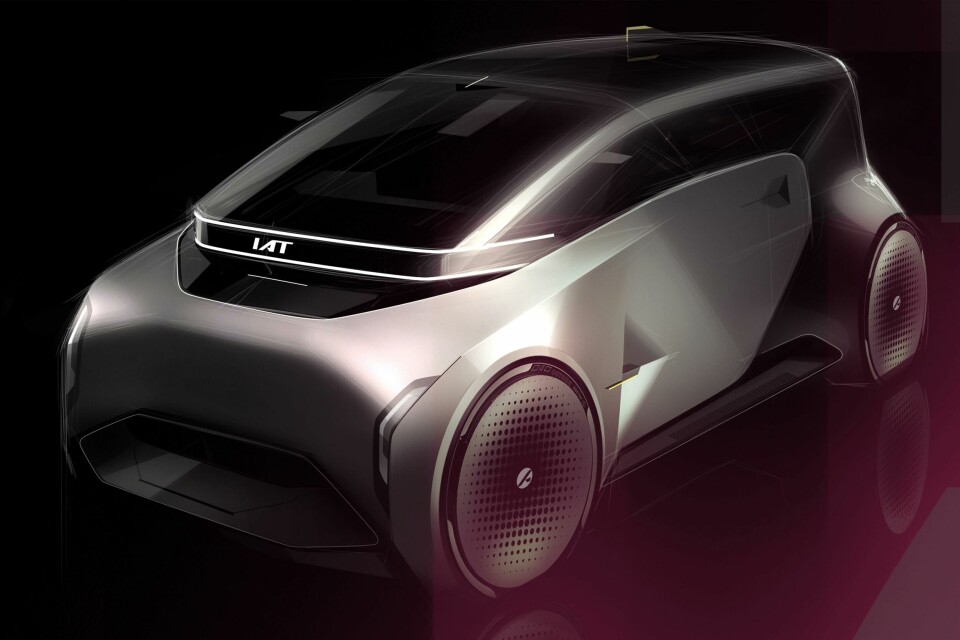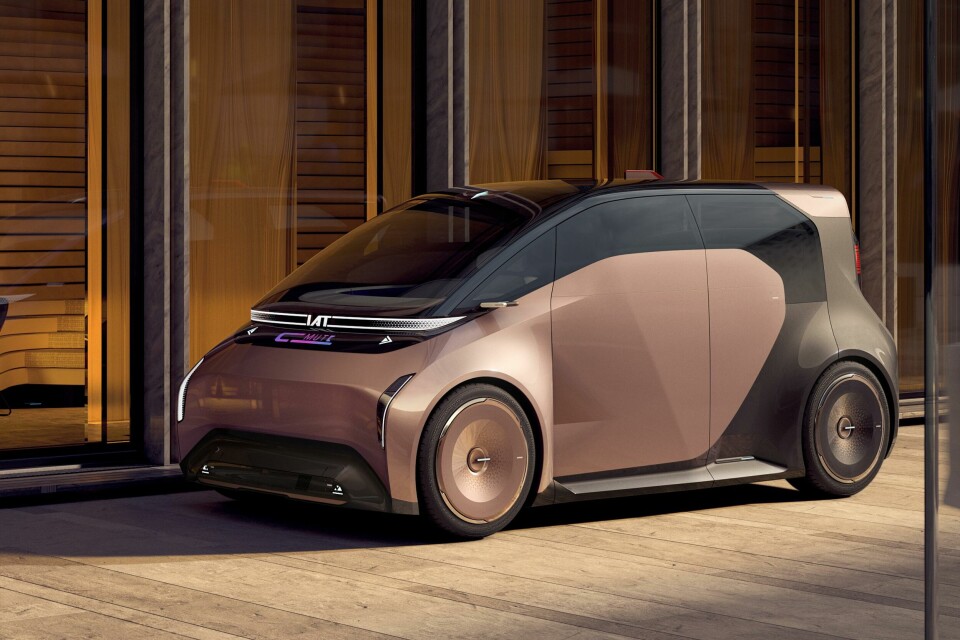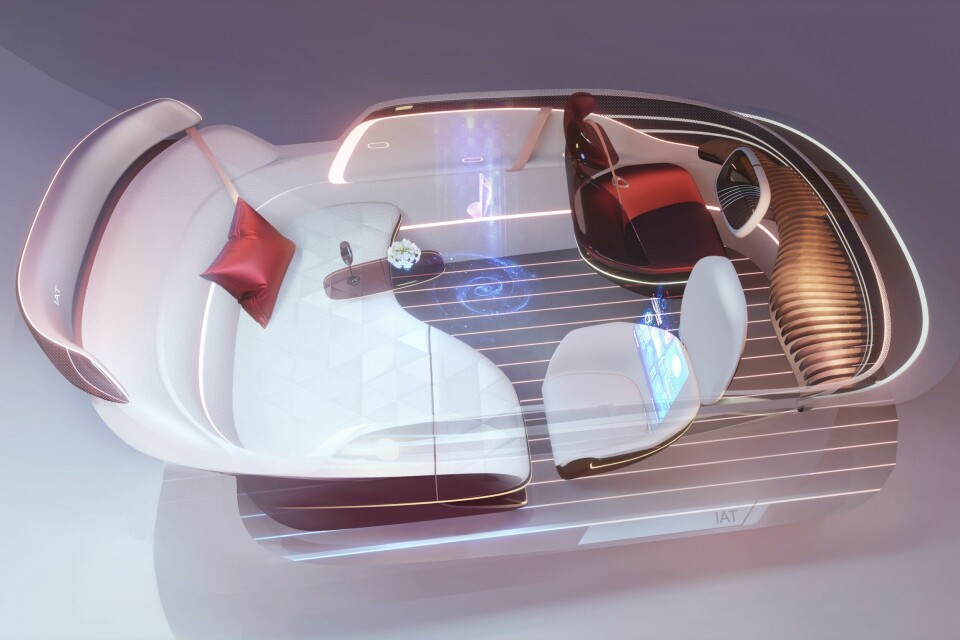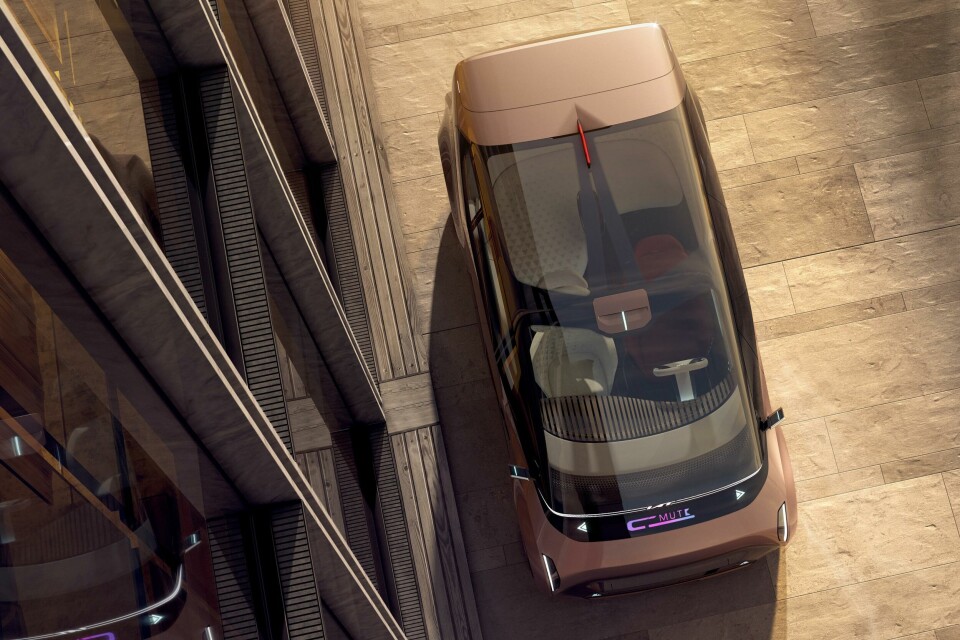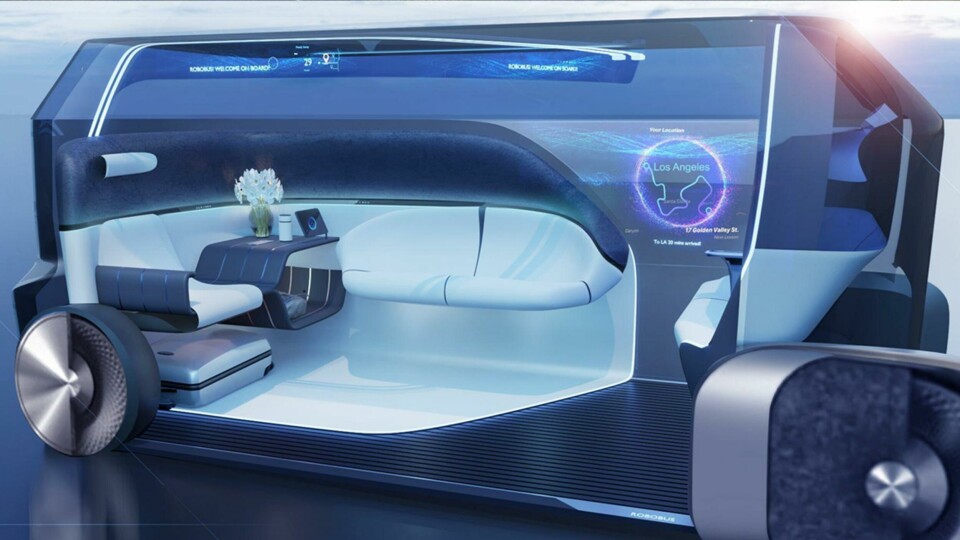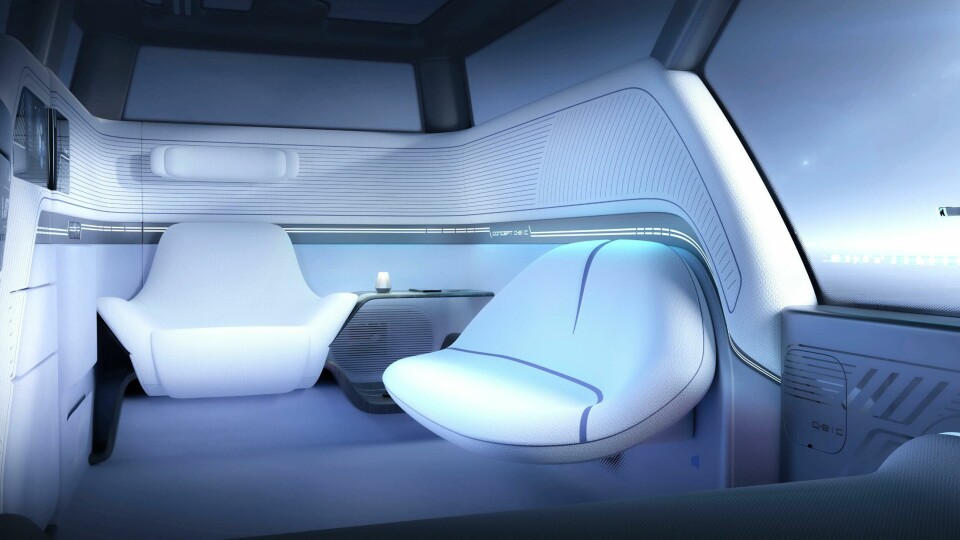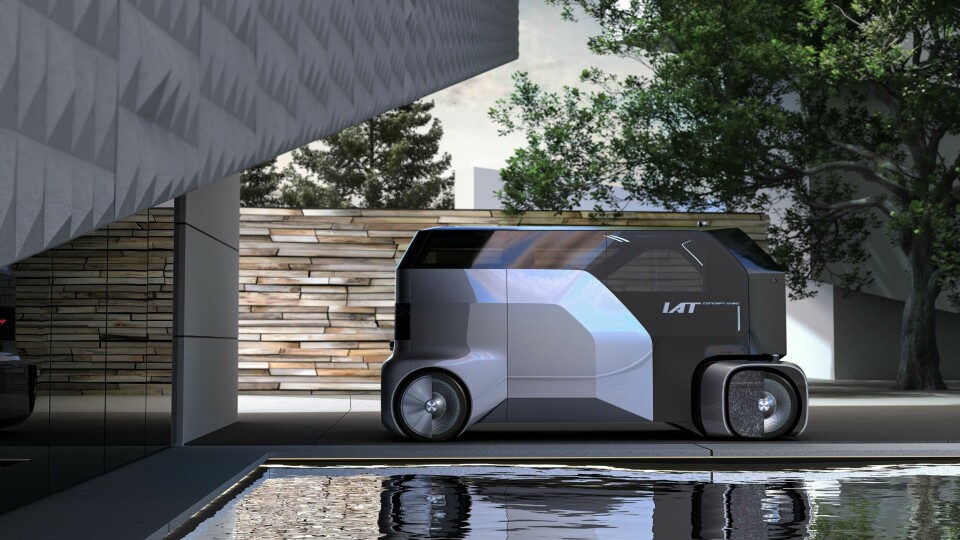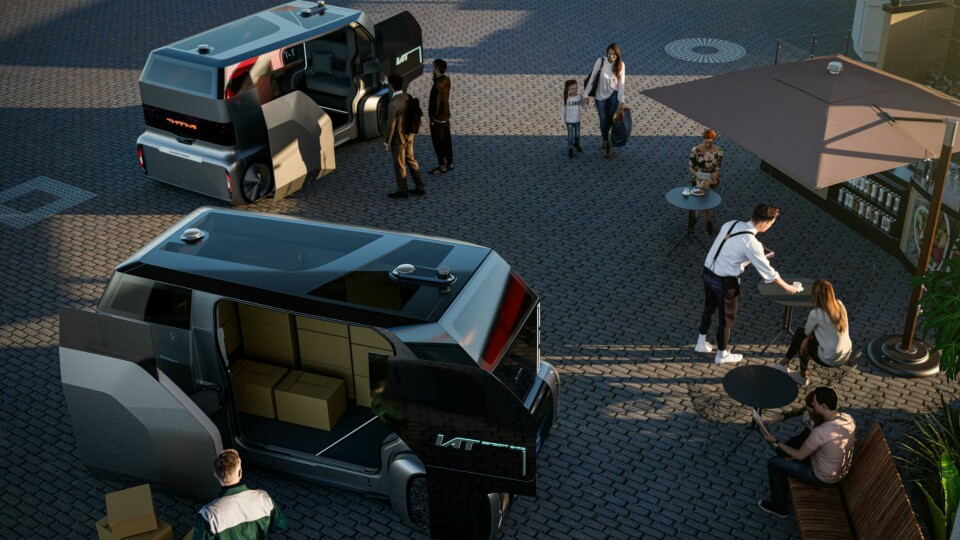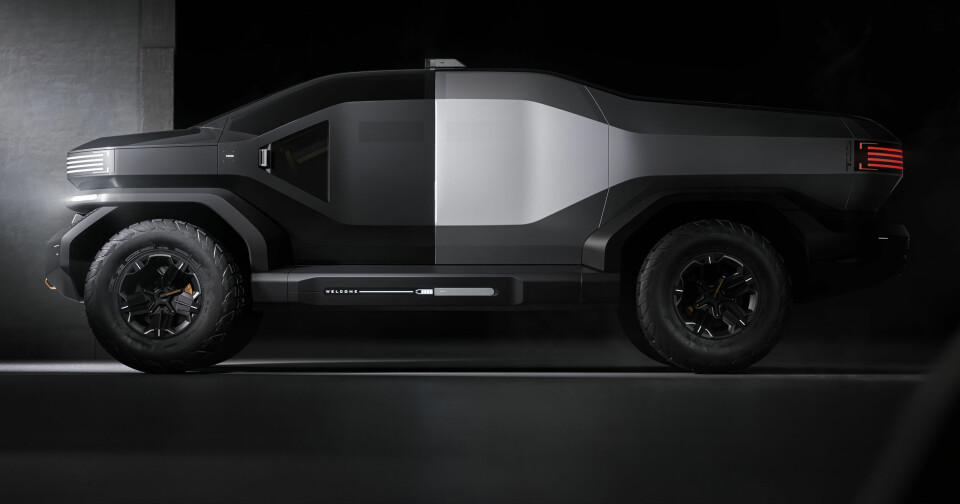
New concepts showcase talents of Chinese design house
Beijing-headquartered design consultancy IAT has quickly established itself as a powerhouse for independent design and R&D, and recently shared three new concepts that showcase its diverse capabilities
At a time where the automotive industry is evolving more significantly (and faster) than ever, the role of creative design studios cannot be understated. And with models being sold to global audiences, a foothold in different markets is crucial.
Established in 2007 and headquartered in Beijing, IAT Automobile Technology Co., Ltd. (IAT) was one of the first batch of national high-tech enterprises and the first listed independent automobile design company in China. Its core business is supporting R&D of complete vehicle and design and manufacturing of advanced and core parts, development of new energy vehicle, among other things. IAT is now considered the best-in-class independent service provider for vehicle design across the country, but with design offices in Beijing, Shanghai, Los Angeles, Turin and Tokyo, it also supports design activities globally.
The design department counts around 200 employees who provide complete design services to both established and emerging global car companies. Its main studio is located in Beijjng and is supported by its second-largest outpost in Shanghai, which is led by Taiji Toyota. The associated studio in Hollywood, Los Angeles was established by ex-Nissan design boss Shiro Nakamura who leads activities there.
To illustrate its capabilities, IAT recently revealed three new show cars, each addressing different trends and mobility challenges. The first is the Truck Mad, a super futuristic take on the pick-up truck that is designed for all-terrain versatility and cross-country driving (renders even show the car traversing what appears to be a Martian landscape). Soon Su, chief designer at IAT, describes it as a “full-size, fully-electric glamping pick-up” that is inspired by a starship. The front end sports a piano black exterior that contrasts with the matte white rear – a mix of both colours and finishes – while the interior’s bright yellow upholstery and modular seating completes the theme of ‘science fiction’ design.
At 5878mm in length, 2198mm wide and 5878mm tall, the Truck Mad offers an ultra-spacious interior with an uncommon 1+2+2 seating layout. This places the driver in the middle of the front row, with variable power-assisted seats that can turn and move depending on whether the vehicle is driving, or if passengers want to socialise or have a work meeting.
There is also an innovative approach that allows the rear portion of the vehicle to open up, almost like a convertible hatchback. To enable this, the rear row of VIP seats slide backwards and the roof rises up. “This means you can be close to nature whenever you want,” says Su, “and enjoy glamping luxuriousness.”
But this concept is designed for all-terrain ruggedness after all, and as such the multi-functional boot also features a first-aid kit and a portable charging source to provide additional driving range and serve as a power supply for wild camping.
A very different concept is the C-MUTE (pronounced commute), an electric city car for socialites that sports a feminine design and a customisable colour scheme. Unlike the imposing proportions of the Truck Mad, the C-MUTE is described as “pint size” and is partly inspired by the Kei car segment popularised in Japan. At 3809mm in length, 1871 in width and 1667mm tall it certainly fits that description but does not fall short on engaging design elements. There are suicide doors, for example, which offer a “super wide opening angle” for easy ingress and egress.
“Aimed at city ladies for their commuting routine, C-MUTE is designed as an intelligent EV that is committed to improving the utilisation of time for urban white-collar workers and creating a private “Bestie” third living space,” observes Su.
“The front and rear are equipped with digital interactive screens, which facilitate friendly interaction with pedestrians in crowded urban roads. In addition, the front seats can independently rotate and the second row can be laid flat to create the ‘Bestie’ seat, allowing for a variety of layouts. This is really convenient for different use cases and creates a genuine third living space.”
There is also the Qbic concept (pronounced cubic), which as its name suggests is square and angular in its exterior design, right down to the wheel arches that partly cover the wheels. Inside there is no steering wheel, pedals or other conventional driving controls – this is a fully autonomous shuttle with an “incredible” interior space. At 3978mm in length it is not super long, but the wheelbase of 3049 means the overhangs are tiny and virtually all of its footprint is utilised. The “Onebox” body can be seamlessly switched between different modes and layouts, be it for a luxury VIP reception, private meeting or simply a place to relax and unwind.
All in all, IAT already serves more than 60 clients globally, and with more than 400 models developed since its inception it is well-known in the industry for its design capabilities. Led by world-class styling directors from the US, Japan, and China, the design team also has strong leadership and operates efficiently on a global stage, capable of creating more than two dozen high-end models each year for both domestic and overseas customers.

